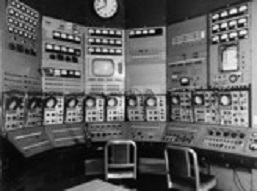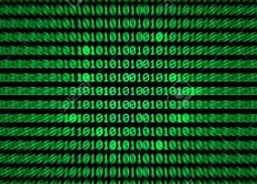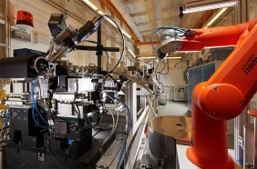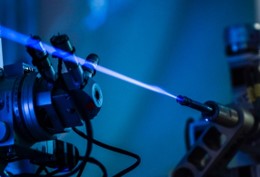Work Packages

WP1: Machine Learning to optimize performance of advanced synchrotron and FEL light-sources
Work Package 1 deals with the application of machine learning algorithms to the optimization of accelerator-based X-ray facilties. Here three tasks are defined. Task 1.1 covers the operation and automation of the unique high repetition rate free-electron lasers, FLASH at DESY in Hamburg in the XUV and soft X-ray spectral range, as well as the European XFEL and LCLS-II in the soft-to hard X-ray regime. Task 1.2 envisions to exploit similar strategies towards the control and performance optimization for ultimate 4th generation storage ring X-ray sources. Task 1.3 will target advanced diagnostics and control schemes for photocathode and electron beam manipulation lasers using machine learning techniques.

WP2: High-throughput data handling and vetoing
In Work Package 2 strategies shall be developed to overcome impediments to scientific output of the facilities caused by the inability to cope with extremely high data rates resulting from the combination of advanced X-ray imagers with X-ray sources of extremely high average brightness. Novel concepts will be developed and tested for the case of Serial Femtosecond Crystallography (SFX) where the impact of improved data handling is potentially very large.

WP3: Automated and robotic sample delivery for high-throughput experiments
In Work Package 3 another bottleneck for most efficient use of novel X-ray facilities with very high average brightness will be addressed. In particular, in connection with the very high repetition rate free-electron laser sources such as FLASH and European XFEL in Hamburg and LCLS-II in Stanford the development of reliable, robust, high throughput sample delivery techniques is crucial for optimal use of the facilties for breakthrough science.

WP4: High-performance X-ray optics
Work Package 4 will focus on the providing and maintaining the highest quality X-ray optics for the scientific use of high-brightness X-ray sources. The participating labs will jointly work on the development of very efficient cooling schemes, on strategies to find optimum mirror coatings for long-term durability and performance, and on mitigation and possible in-situ removal of surface contaminants.

